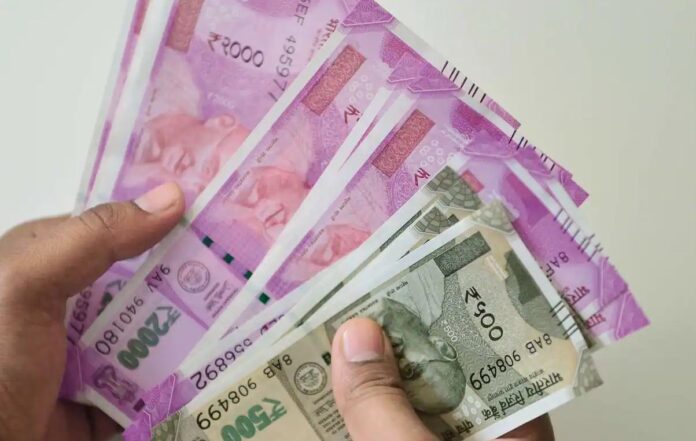VPF and PPF have always been one of the best investment avenues for employed people. The salaried person gets the benefit of better savings option along with the benefit of higher interest rate by investing in both these methods.
If you are a salaried person, then a part of your salary will be deposited in the PPF account. VPF and PPF have always been one of the best investment avenues for employed people. Working individuals get the benefit of better interest rate along with better savings option by investing in both these methods. PPF is only for those who have no other option. There is a state of confusion in the minds of many people regarding PPF and VPF. Let us know about both the schemes.
PPF(Public Provident Fund)
PPF was introduced as a savings instrument in 1968 by the National Savings Institute of the Ministry of Finance. In PPF, you have to deposit at least Rs 500 annually to keep your account running. Apart from this, you can deposit a maximum of Rs 1.5 lakh under your PPF account in a year. PPF account comes with a lock-in period of 15 years. At present, you get the benefit of 7.1 percent annual interest rate under PPF. By investing in PPF, you also get the benefit of income tax exemption of up to Rs 1.5 lakh in a financial year under Section 80C of the Income Tax Act 1961. The interest earned under PPF is completely out of the tax net.
VPF(Voluntary Provident Fund)
Apart from PPF, you can also invest under Voluntary Provident Fund i.e. VPF. Only EPFO members can invest their money in the VPF scheme. Let us tell you that no employed employee can invest more than 12 percent of his basic salary under EPF. If employees want to invest more than 12 percent of their basic salary, then they can do it through VPF. At present, you get an interest rate of up to 12 percent on VPF.
Even if you invest in VPF, you get the benefit of tax exemption under Section 80C of Income Tax. Like PPF, the facility of EEE status is also available in VPF. EEE status means that there is no tax on investment amount, interest amount and maturity amount.


